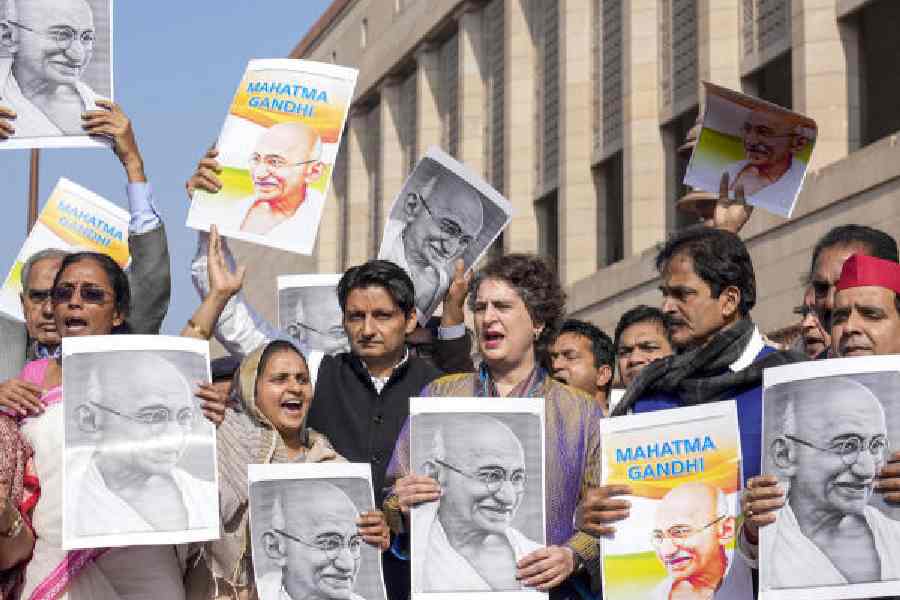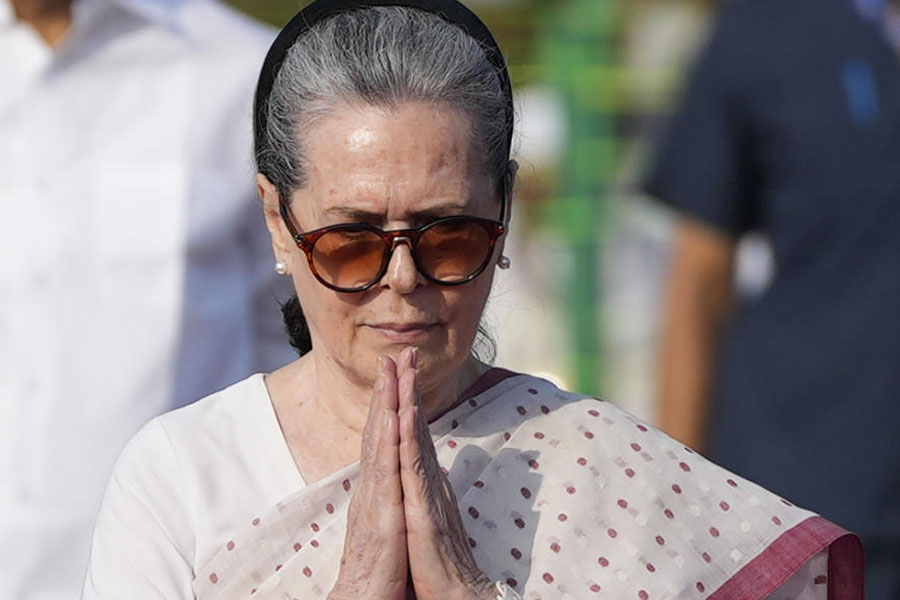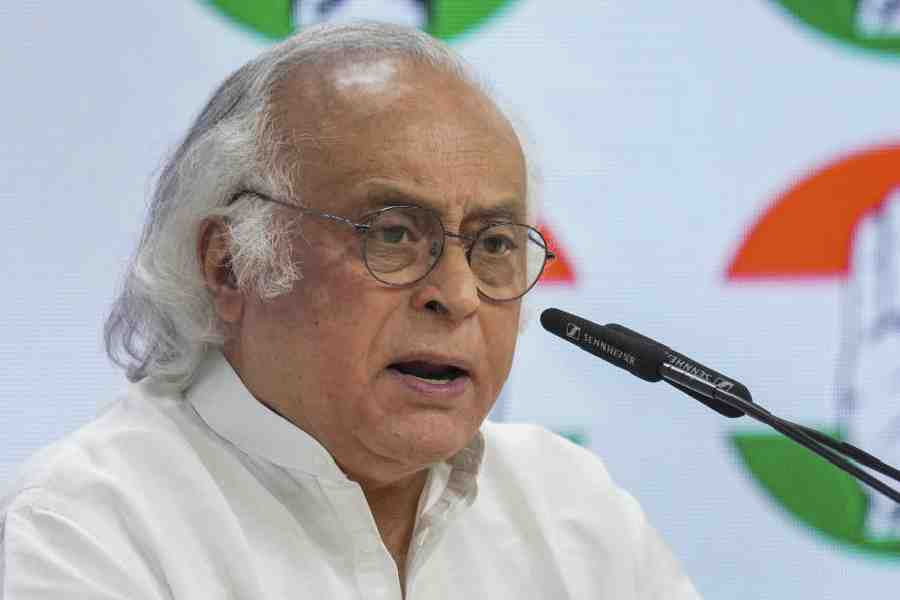Patna, Oct. 23: Nitish Kumar today preferred to delineate the “enormous advantages” that the grant of special category status would accrue to Bihar while refraining from specifically commenting on the Planning Commission’s reported move to set up a committee to take a “re-look” at the Raghuram Rajan panel’s report on backwardness of states.
“So far we have stepped up the process of development on our own strength. If the Centre grants us special category tag, it will lead to tax breaks and more concessions to entrepreneurs for setting up shop in the state,” the chief minister said at a function to release a book, The New Bihar-Rekindling Governance and Development, edited by N.K. Singh and Nicholas Stern.
Some reports in the media have suggested that Planning Commission boss Montek Singh Ahluwalia is considering how to reconcile the Rajan index with other indices used by the plan panel for allocation of central funds and has set up a two-member committee for the purpose.
“The Union finance ministry is already in the process of considering bringing down the state’s share of 30 per cent against the Centre’s 70 per cent to a 10:90 ratio (10 per cent as state’s share and 90 per cent as Centre’s share) in the development schemes,” said Shaibal Gupta, member-secretary, Asian Development Research Institute (ADRI). “The ministry is also seized with considering tax concession to Bihar,” he added.
“We are sure that the Union finance ministry will take a positive decision on reducing the state’s burden in the development schemes and ensuring tax breaks to speed up investments in the state within six weeks of the CM (Nitish) writing a fresh letter to the Union finance minister,” said Gupta, who was a member of the Rajan panel and submitted a note of dissent to the final report.
The Rajan formula seeks to overturn elements of the Gadgil-Mukherjee formula which determines the allocation of central funds among states. The original Gadgil formula — named after then Planning Commission deputy chairman D.R. Gadgil — was conceived in 1968 but has undergone various revisions. The latest is the one cleared by the National Development Council (NDC) in 1991 and rechristened Gadgil-Mukherjee formula after DR Gadgil and Pranab Mukherjee, who headed the plan panel then.
The Gadgil-Mukherjee formula works in two stages. First, 30 per cent of total assistance money is earmarked for the 10 special category states. This may be distributed among these states on the basis of their plan size and past plan expenditures, without using any explicit criteria. The remaining 70 per cent is distributed among the 15 general category states according to a set of criteria with relative weights.
The Rajan formula of indexation seeks to address one of the weaknesses in the formula. It is a contentious suggestion and has to be cleared by the NDC before it can be implemented. The proposals of the Rajan committee report have to be cleared by the NDC and not the Planning Commission.
This approval process will be long drawn; it won’t go through easily because all states will have to agree on the change.
The Gadgil formula has changed only thrice since 1968, an indication of how difficult it is to change/tweak any formula dealing with a sensitive issue like doling out plan funds.










